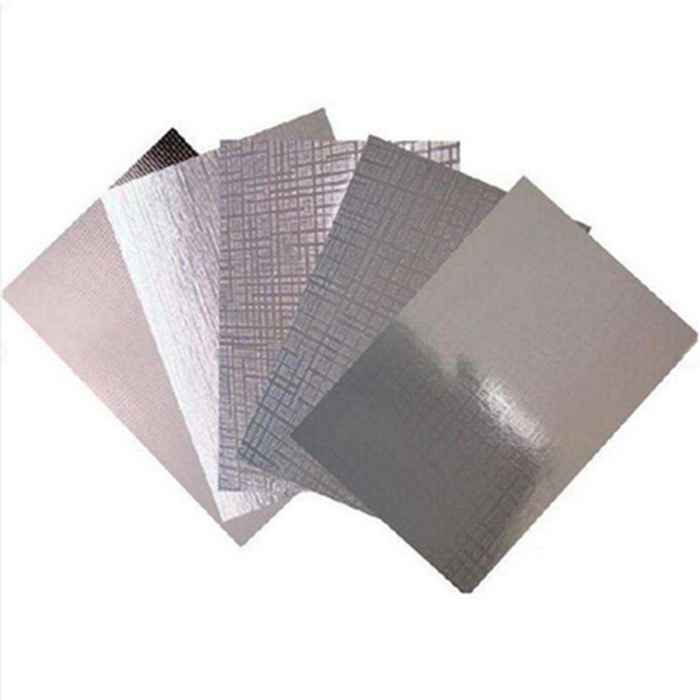Japan’s paper making and Northeastern University have launched research and development in order to break down wood fibers into about one in ten thousand of the biomass materials with only hair and hair for batteries, Kyodo news agency said on May 7. The technology is expected to shorten charging time and improve safety, but also simplify waste treatment. Relevant products are expected to be displayed at the Kansai Expo in Osaka in 2025, and put into practice around 2030.
The main purpose of this paper is to decompose the pulp into the “CNF” of nanounits. Japanese paper making and Northeastern University found that manufacturing bumps on CNF surfaces can be used to store electricity. They have collected business companies with battery manufacturing experience, and planned to develop the batteries installed on the back of solar panel, and strive to use them for electric vehicles (EV) in the future.
Cellulose nanofibers are made from pulp as raw materials. Japanese paper making has developed adult diapers in 2015, which has the characteristics that cellulose nanofibers can absorb metal ions and metal nanoparticles. In 2017, the world’s largest equipment with an annual output of 500 tons of cellulose nanofibers was launched in Gongcheng County stone roll factory.
Post time: May-12-2021
